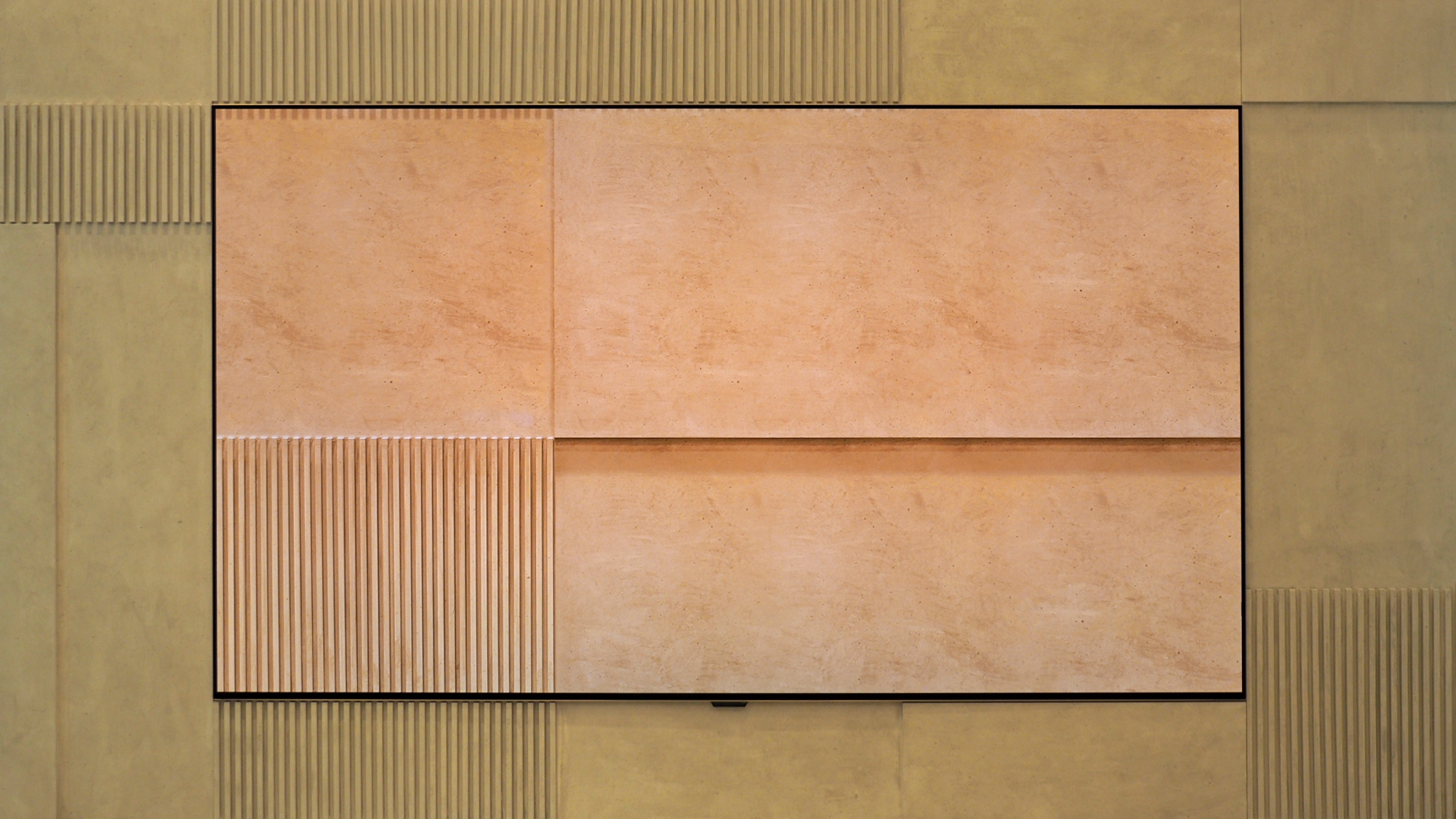Where is the perfect home for your treasured photos?
Capacity, control and subscriptions - what's best for you?
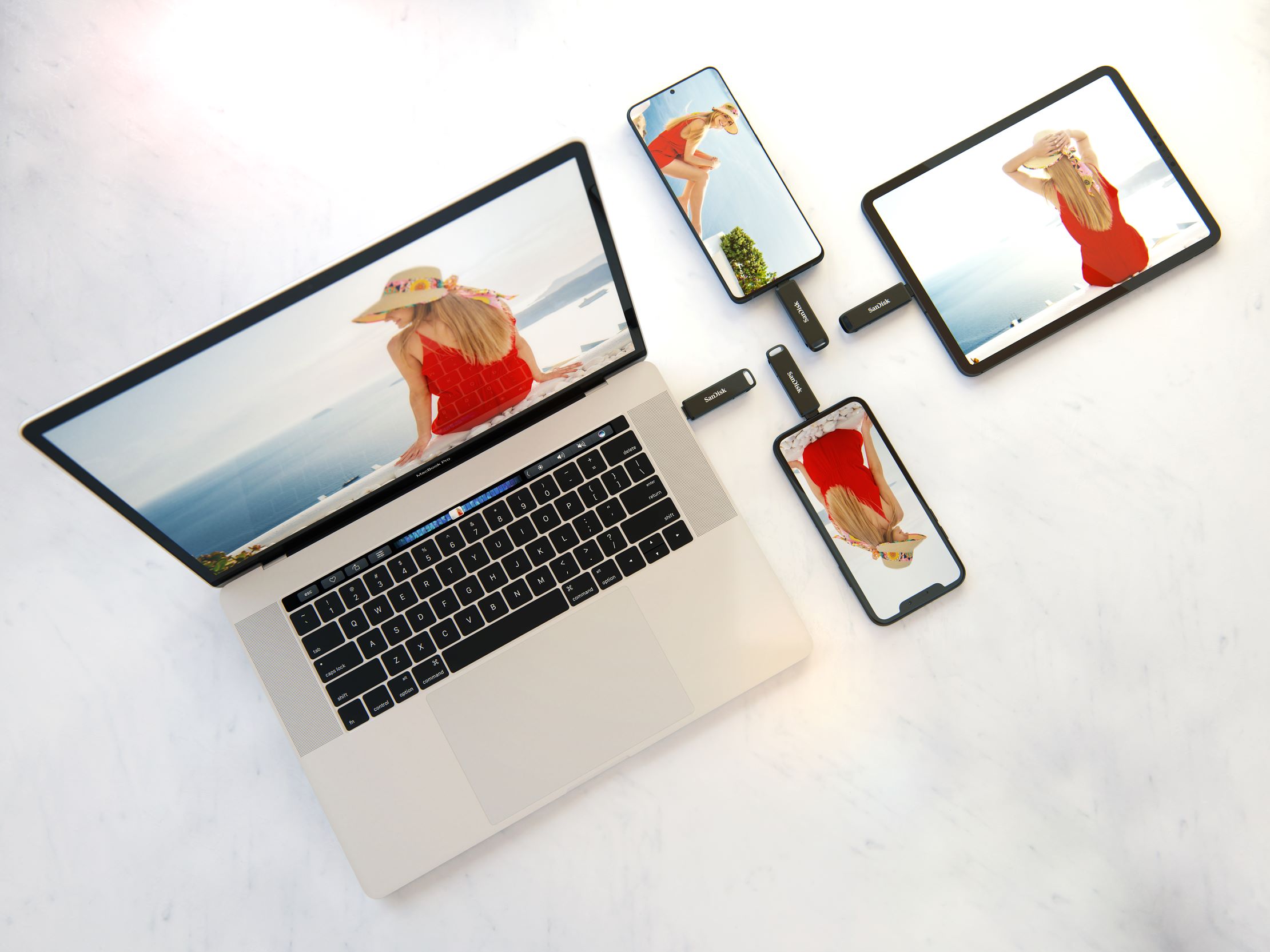
The digital age has brought the capability to capture our lives through high-resolution photos and videos, with improved technical advances every year resulting in great quality, but inevitably bigger file sizes. The memories being created by consumers are never-ending, with some estimates suggesting that 1.35 trillion photos will be taken in 2021 alone.** With the increasing popularity of photo and video-based social networks continuing to rise, this is surely set to increase as well.
Whether people are sharing their memories publicly or keeping them private, there is an ever-growing sentimental value attached to them. Physical photo albums and scrapbooks may have been treasured in the past but now many of us have hundreds of memories created on a daily basis, but this can result in a device capacity crunch. So what is the answer?
Having one central place to store everything, such as backing up photos, videos and other files, is just one of the benefits of cloud storage. Your data can be available at the touch of a button anywhere with an internet connection, and better yet memories and files can be shared quickly, without having to email large files or use other file sharing services. Some cloud providers also have tools that organise your digital chaos, creating an inventory of your files making it easier to find files and get to your snaps quicker.
However, with some free high-capacity cloud storage options becoming more limited and moving to paid subscription models, consumers may be looking for a different option, rather than adding another wallet-taxing subscription.
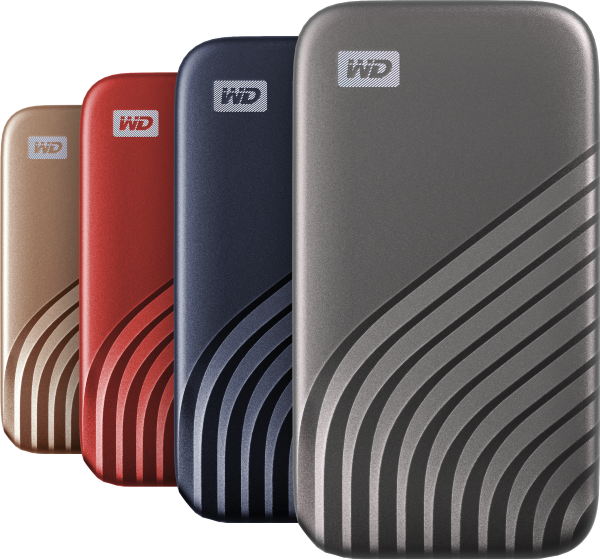
So, what are the storage options available?
If capacity is crucial then external hard drive storage technology has reached a level where high capacities can be stored for a comparatively low one-time fee. External SSDs have also begun to catch up in the race for capacity but offer blazing fast read speeds thanks to NVMe™ technology. The technology on external HDD and SDD storage has made strides in the past decade, sleek and slim designs making them highly portable, affordable and conveniently USB powered.
A few key areas to focus on when deciding if an SSD or an HDD is better for you are durability, capacity and speed. Generally, SSDs can be more durable than HDDs when it comes to portability and accidental drops. For example, the My Passport™ SSD from the WD® brand can withstand drops from up to 1.98 metres and is light in weight, uses low amounts of power, and has virtually no vibration – due to no moving parts. The My Passport SSD ranges from 500GB to 4TB* drives, with the 4TB model being able to store up to 1 million songs1, 400 hours of video2 or 640,000 photos3, and if you needed even more capacity then the My Passport HDD range goes up to 5TB.*
Another viable alternative to cloud storage that emphasizes accessibility and capacity is the SanDisk® iXpand® Flash Drive Luxe. It has two connection types allowing for hassle-free file transfers between devices so you can instantly transfer files between a compatible smartphone, tablet or computer with a USB Type-C™ or Lightning connection. No more emailing files to yourself between devices. It’s an ideal way to back up your smartphone, freeing up that space for more games, videos and apps. But what about capacity?
Free cloud storage from some providers sits at 15GB or less. If you ever owned a smartphone with 16GB storage capacity, you’ll remember how little that actually is, and how quickly it fills up. For a one-time purchase, a SanDisk iXpand Flash Drive Luxe comes with a choice of 64GB, 128GB, or 256GB* capacities — though other SanDisk storage devices offer up to 4TB* if you need even more space. Is that enough storage?
A quick approximation shows that 64GB* memory can store up to 10,000 photos.3 In comparison, 1 hour of video footage shot in 1080p equals about 8.7GB.2 You can store or backup your photos and videos on the drive, or transfer them to your PC or laptop.
For more information on Western Digital’s product range click HERE
You can also follow Western Digital on Facebook, Instagram and Twitter
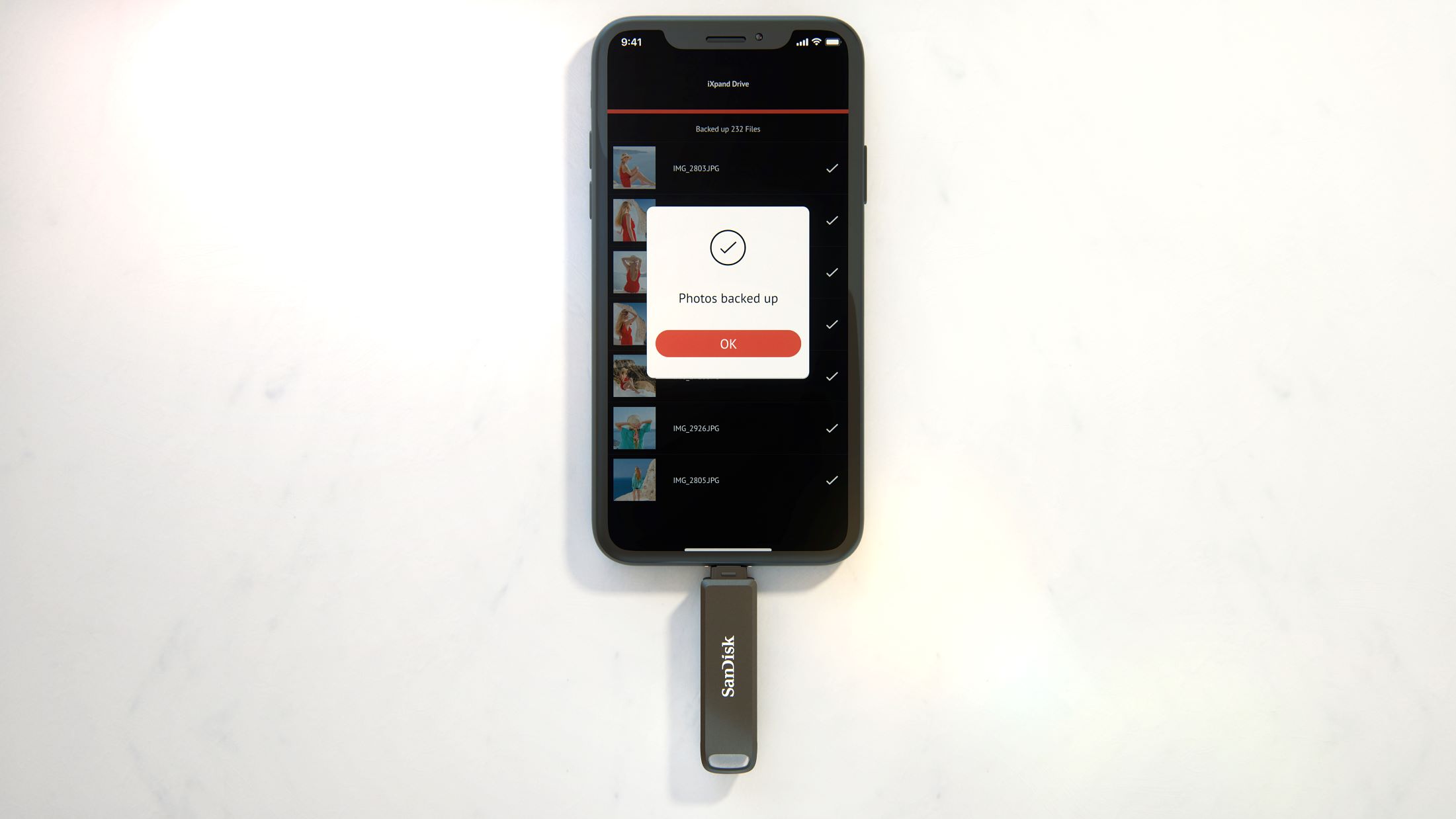
*1GB = 1 billion bytes. Actual user capacity may be less depending on operating environment.
**Source: Rise Above Research, https://riseaboveresearch.com/rise-above-research-estimates-that-1-13-trillion-photos-will-still-be-taken-in-2020/ (Last visited: July 12, 2021)
1.The number of songs is based on a 3.5MB MP3 file. Examples of the number of songs that can be stored are provided for illustrative purposes only. Your results will vary based on content, file compression, file format, file size, host device, pre-loaded files, settings, software and other factors.
2.The number of hours for videos is based on the 1920x1080 Full HD @ 30fps, 145MB/min, DV format. Examples of the hours of video that can be stored are provided for illustrative purposes only. Your results will vary based on bit rate, content, file compression, file format, file size, host device, pre-loaded files, resolution, settings, software and other factors.
3.The number of photos is based on a 16MP, 5.5MB JPEG file. Examples of the number of photos that can be stored are provided for illustrative purposes only. Your results will vary based on resolution, content, file compression, file format, file size, host device, pre-loaded files, settings, software and other factors.
Get all the latest news, reviews, deals and buying guides on gorgeous tech, home and active products from the T3 experts

For 25 years T3 has been the place to go when you need a gadget. From the incredibly useful, to the flat out beautiful T3 has covered it all. We're here to make your life better by bringing you the latest news, reviewing the products you want to buy and hunting for the best deals. You can follow us on Twitter, Facebook and Instagram. We also have a monthly magazine which you can buy in newsagents or subscribe to online – print and digital versions available.
-
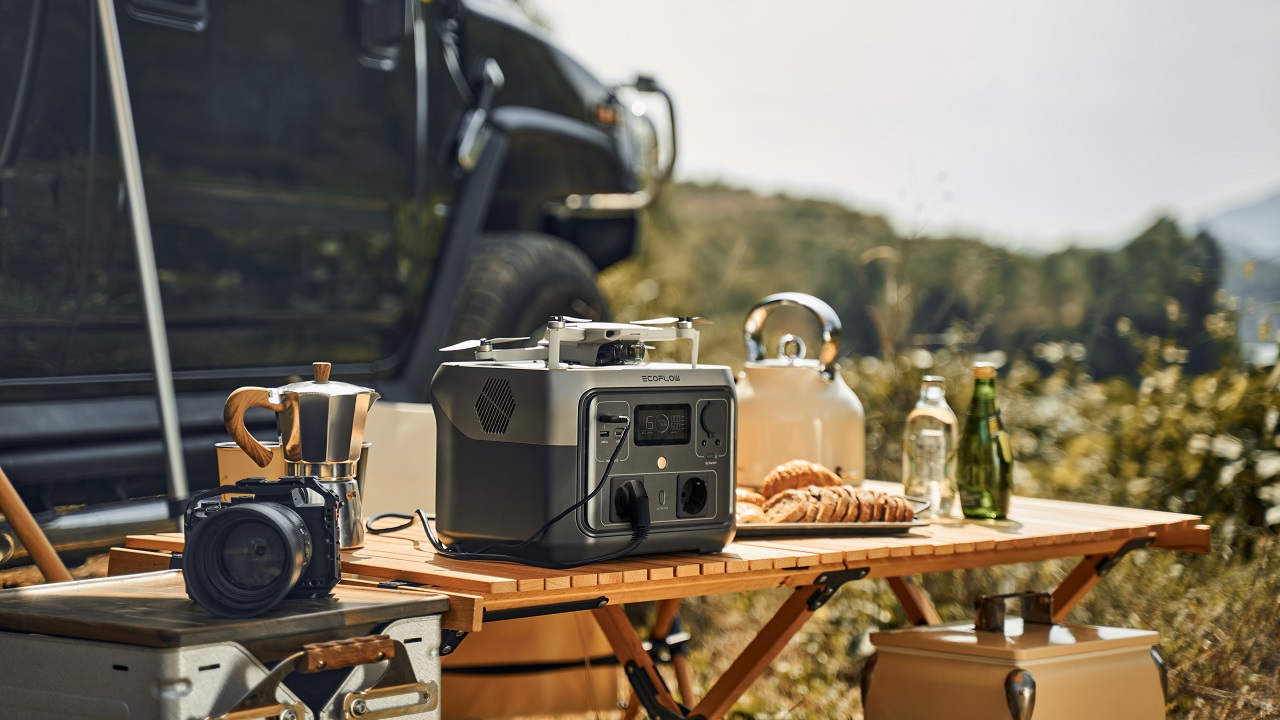 These new EcoFlow River portable power stations charge to 80% in 48 minutes flat
These new EcoFlow River portable power stations charge to 80% in 48 minutes flatThe River 2, River 2 Max and River 2 Pro are now more accessible than ever
-
 Level up your photos, gaming, fitness and more with O2 Switch Up
Level up your photos, gaming, fitness and more with O2 Switch UpSwap phones whenever it suits you – for any reason you like…
-
 O2’s brilliant Switch Up plan means you ALWAYS have the best phone
O2’s brilliant Switch Up plan means you ALWAYS have the best phoneWant to enjoy limitless handset swaps? Here’s all you need to know…
-
 Philips’ latest Ambilight OLED is the ultimate premium TV for gaming, movies and sports
Philips’ latest Ambilight OLED is the ultimate premium TV for gaming, movies and sportsOLED807 improves on last year’s champion with even better picture, boosted sound and the immersive viewing magic of Ambilight
-
 The legendary speakers you can pair with your phone
The legendary speakers you can pair with your phoneLaney speakers have rocked the world. Now they can rock yours
-
 Banish unwanted calls once and for all with a nuisance call blocking landline phone from the BT Shop range
Banish unwanted calls once and for all with a nuisance call blocking landline phone from the BT Shop rangeBT’s range of landline phones are perfect for nuisance call blocking along with managing all of your other home phone needs with one easy-to-use handset.
-
 Why you should gift yourself a Chromebook this Christmas
Why you should gift yourself a Chromebook this ChristmasEvery one’s a Christmas cracker


